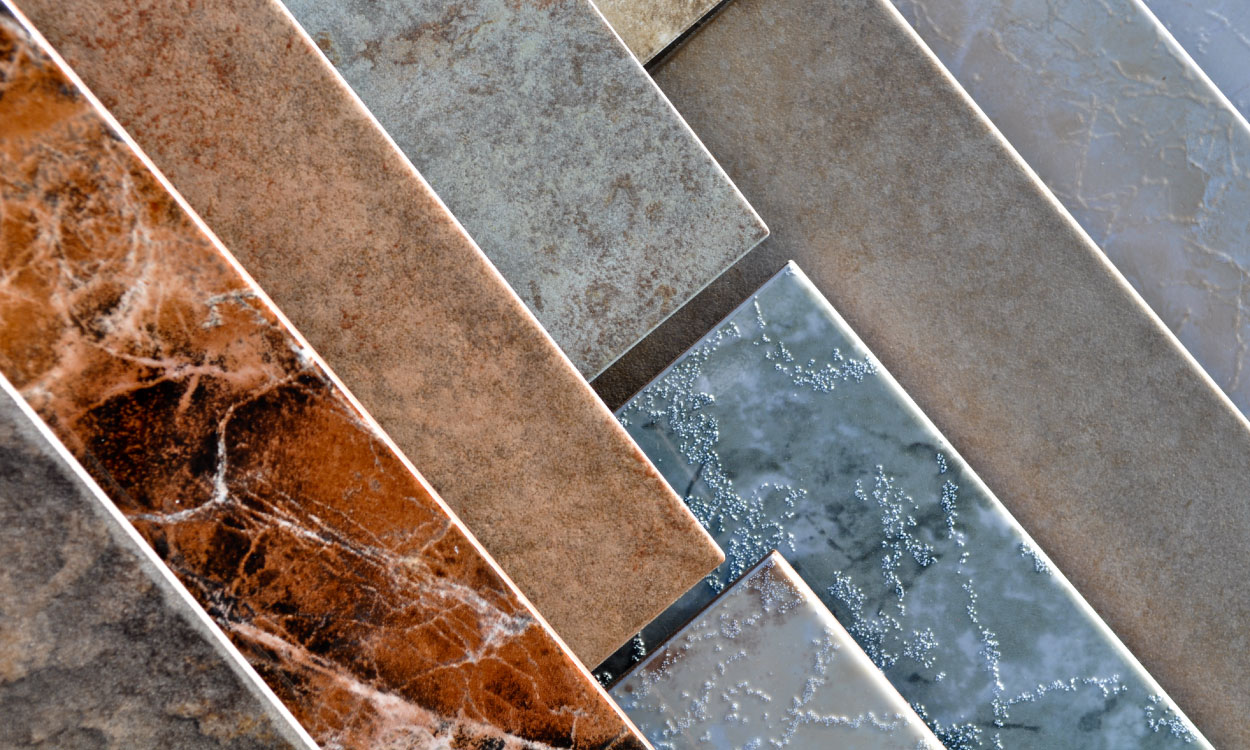What Is Microcement and How Do You Use It?
You’ve probably been wanting to improve the look of your bathroom or kitchen for a while, but when you think of all the things you’ll need to do in order to accomplish this task, you might just feel exhausted before you’ve even getting started.
We can understand that feeling, but it doesn’t necessarily need to be this way. Introducing Microcement, it’s a brilliant material when it comes to renovating your home. Removing the long and tedious process of many renovation projects. Read on to learn more about what microcement is, and how it can be used to transform the spaces in your home.

What is ready-to-use microcement?
Microcement is a material that can be used when making DIY home improvements. Microcement, commonly known as Microcemento across the rest of Europe, is a delicate blend of cement, fine aggregates, and water-based liquid polymers or powdered resin polymers. Because of these materials and how they work together, you’ll notice its strong adherence to various surfaces similar to cement screeds, concrete, tiles, cement boards, and plasterboard.
Microcement from suppliers like Smartcret, can actually be applied over existing materials and spaces saving you time and energy in not needing to prep surfaces like you would when using alternative materials. And it’s Ideal for application on floors, walls, and furniture installations. The use of rapid-hardening cement ensures the rapid development of strength, providing durability to the microcement coating.
How Can Microcement Be Used?
Microcement is perfectly designed to be used in the following places and surfaces:
Bathrooms
The water-resistant properties of microcement make it particularly suitable for humid environments like bathrooms, providing a protective barrier against moisture and preventing the growth of mould or mildew. Its smooth and joint-free surface not only enhances the aesthetics of the space but also facilitates effortless cleaning, ensuring a hygienic and visually appealing bathroom
Kitchens
Microcement’s thin application and flexibility make it adaptable for various kitchen surfaces, including countertops, floors, and even splashbacks. The impermeable nature of microcement creates a protective barrier against spills and stains, enhancing the longevity of kitchen installations. The joint-free finish not only contributes to a sleek and contemporary appearance but also simplifies cleaning, making it an ideal choice for busy kitchens.
Flooring
The rapid hardening of the cement component ensures quick strength development, making microcement suitable for flooring in high-traffic areas. Beyond its practicality, microcement offers a broad spectrum of colours and finishes, allowing homeowners to tailor their floors to match their desired style.
Advantages of Microcement
Now, let’s explore the advantages provided by ready-to-use microcement for your home renovation:
- Quick application: Microcement is a ready to use product and facilitates the rapid renovation of spaces with this quick application.
- Adhesion to all types of media: It can be applied on different types of substrates (cement mortar, plaster, etc.).
- Flexible and seamless: It offers great resistance to compression preventing cracking over time.
- Easy maintenance and cleaning: After application, the surface becomes easy to clean and maintain.
- Environmentally friendly: Manufactured from mineral components and natural pigments free of toxic elements.
- Scratch resistance: Thanks to its characteristics, the surface of cured microcement does not scratch.
Disadvantages of Microcement
While microcement offers several benefits, it’s important to consider it’s potential disadvantages:
- Cost: Microcement can be relatively expensive compared to other flooring or coating options, when factoring in both material and professional installation costs.
- Application Complexity: Achieving a flawless finish with microcement requires skill and experience. Improper application can lead to visible imperfections, affecting the overall aesthetics.
- Not Ideal for Heavy Impact: Microcement may not be the best choice for areas with heavy impact or sharp objects, as it can be more prone to chipping compared to some alternative materials.
- Limited Thickness: Microcement is applied in thin layers, which may limit its ability to cover or repair uneven surfaces or imperfections in the substrate.
- Professional Installation Required: While there are DIY microcement kits available, achieving optimal results often requires professional installation. Inexperienced or improper application may lead to issues over time.
- Curing Time: Microcement requires sufficient curing time, and the space may need to be out of use during this period. This can be inconvenient, especially in high-traffic areas.
- Moisture Sensitivity: While microcement is generally water-resistant, excessive and prolonged exposure to moisture can still cause issues. Proper sealing is crucial, and it may not be suitable for consistently wet areas.
- Limited Insulation: Microcement does not provide insulation properties, meaning it may not contribute to temperature regulation in the same way as some flooring materials.
Before choosing microcement for a specific application, it’s essential to carefully weigh these potential disadvantages against the benefits to ensure it aligns with your specific needs and expectations. Consulting with professionals and conducting thorough research can help make an informed decision.

